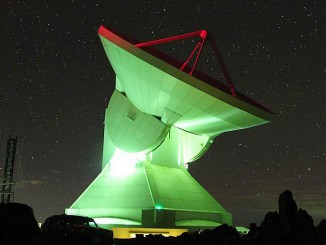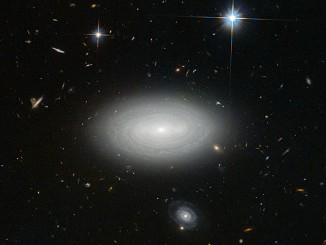
Astronomers report most ‘outrageously’ luminous galaxies ever observed
Astronomers at the University of Massachusetts, Amherst report that they have observed the most luminous galaxies ever seen in the universe, objects so bright that established descriptors such as “ultra-” and “hyper-luminous” used to describe previously brightest known galaxies don’t even come close.









